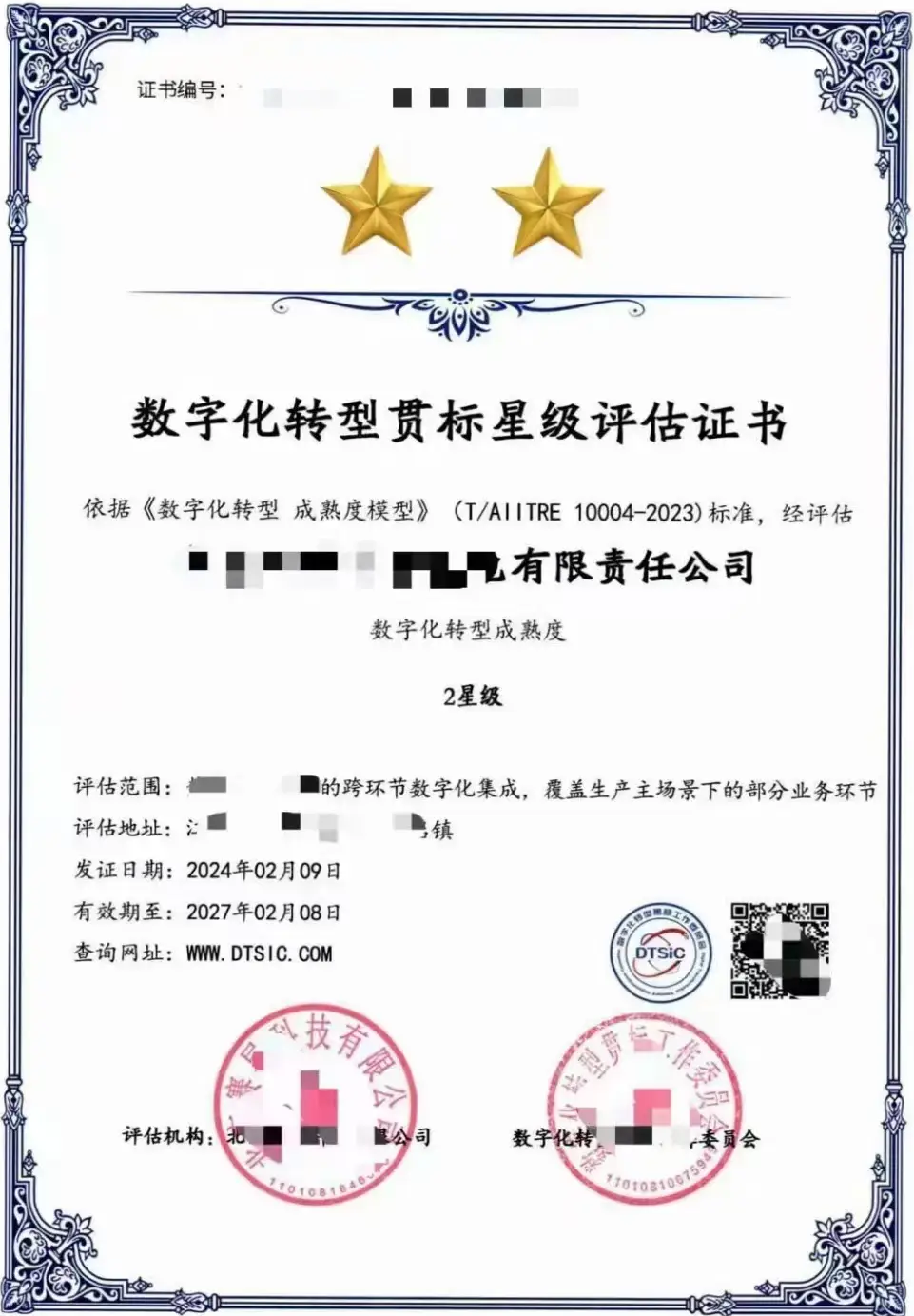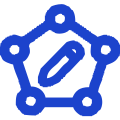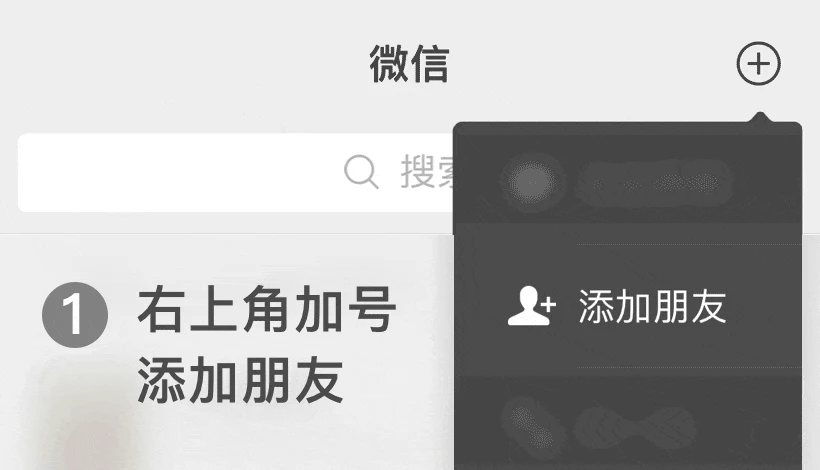
 Professional services are guaranteed
Professional services are guaranteed One on one full process guidance
One on one full process guidance Efficient and fast experience
Efficient and fast experience1. Definition and Origin
DLMM was jointly developed by the International Organization for Standardization (ISO), top global think tanks, technology vendors, and industry leaders, and officially released as the ISO/IEC 30105 standard in 2022. Its core goal is to help enterprises systematically build digital leadership through quantitative evaluation and graded guidance, and achieve collaborative evolution of technology, business, and organization.
2. Model Authority
International mutual recognition: achieving interoperability certification with the EU Industry 5.0 framework and the US NIST intelligent manufacturing standards
Industry coverage: Applied to 22 sub sectors including manufacturing, finance, and energy, with over 3000 certified companies worldwide
Localization in China: included in the first batch of recommended standards in the Ministry of Industry and Information Technology's "Guidelines for Implementing Digital Transformation Standards" in 2023
DLMM is not only a technical evaluation tool, but also a compass for enterprise strategic restructuring. It guides enterprises to build data-driven core competitiveness and achieve leapfrog development from local optimization to ecological collaboration through five perspectives covering the overall digital transformation: development strategy, new capabilities, systematic solutions, governance system, and business innovation transformation.
1. DLMM Capability Maturity Grading Standards
According to the Implementation Guidelines for Digital Transformation Standards (2023 Edition), DLMM divides enterprise capabilities into five stages of evolution:

2. Evaluation dimensions: Five major domains and 22 sub domains
DLMM conducts in-depth diagnosis from five evaluation domains:
Development strategy: Clarify the strategic positioning and value goals of digital transformation;
New capabilities: Building a modular and platform based digital capability system;
Systematic solutions: promote collaborative innovation in technology, processes, and organizations;
Governance system: Establish a dynamic and flexible digital governance mechanism;
Business Innovation: Exploring New Business Models such as Personalized Customization and Networked Collaboration
DLMM (Digital Leadership Maturity Model) provides systematic guidance for enterprise digital transformation, with core values reflected in:
1. Strategic calibration
Through quantitative evaluation (120+indicators), we accurately identify the shortcomings of transformation, output a scientific roadmap, and reduce trial and error costs by over 35%.
2. Ability leap
Build a platform based technology architecture (with cloud native/microservice coverage of over 40%), improve data availability to 85%, and achieve end-to-end process automation.
3. Benefit growth
Average results of certified enterprises:
Reduce operating costs by 18% -25%
Customer response speed increased by 65%
The contribution rate of digital product revenue exceeds 15%
4. Ecological empowerment
Leading industry standard setting, open platform connecting upstream and downstream partners (increasing access efficiency by 5 times), and ecological revenue accounting for over 30%.
5. Compliance and Risk Avoidance
Embedded data security and GDPR compliance requirements, with a technical debt clearance rate of ≥ 70%, to avoid systemic risks.
(I.) Core application materials
Electronic and paper stamped documents (bilingual in Chinese and English) need to be submitted according to the following categories:
| Material category | Specific content and requirements |
|---|---|
| Enterprise qualification documents | -Copy of business license, organization code certificate -Audit reports for the past three years (including details of research and development expenses) |
| Self evaluation materials | -DLMM Maturity Self Assessment Report (using official template) -Gap Analysis Table (with Improvement Plan Gantt Chart attached) |
| Strategic proof | -Three year plan for digital transformation (subject to approval by the board of directors) -Annual digital budget and execution records |
| Evidence of Ability | -Data governance system document (including metadata directory, data security policy) -Technical architecture diagram (with cloud scale annotation) |
| Evidence of achievements | -ROI analysis report for digital projects (at least 3 typical cases) -Customer Experience Monitoring Data (NPS Enhancement Curve) |
| Process record | -Internal training records (digital course coverage rate ≥ 80%) -Minutes of cross departmental collaboration meetings (≥ 2 times per month) |
(II.) Application requirements
Enterprises need to meet the following basic conditions to apply for DLMM certification:
1. Subject compliance
Registered enterprise in Chinese Mainland, operating normally, without serious dishonesty record
Certified by ISO 9001 Quality Management System (not mandatory, but recommended)
2. Digital foundation
At least complete the digitization of partial business processes (such as ERP and CRM system deployment)
Ability to collect basic data (database or IoT device coverage ≥ 30%)
3. Organizational support
Establish a dedicated digital transformation department or position (such as CDO, Digital Advancement Office)
The proportion of digital investment to revenue in the past two years is ≥ 1.5% (hard threshold)
4. Level matching
The highest level of definition (L3) that can be applied for for the first time requires upgrading through step-by-step authentication
Enterprises with other maturity certifications (such as CMMI Level 3) can apply for cross level assessment
Implementation focus: Promote cross departmental data integration and agile management.
(III.) Additional requirements for special industries
Manufacturing industry: An intelligent manufacturing capability assessment report is required (refer to GB/T 39116-2020)
Financial Industry: Additional Network Security Level Protection Evaluation Report (Level 3 or above)
Cross border enterprises: Provide international compliance certificates such as GDP/CPA (if applicable)
(IV.) Suggestions for material preparation
Authenticity verification: All system screenshots must include timestamps, and contract documents must be desensitized and stamped with a saddle seal
Technical validation: Deploy DLMM compatibility testing tools (such as Data Governance Scanner) in advance
Efficiency optimization: Use the official 'Material Assembly List Template' to ensure standardized formatting
The DLMM (Digital Leadership Maturity Model) standardization process follows a closed-loop logic of "diagnosis planning improvement certification", with five core stages:





Wechat ID:Siterui888888
Add a wechat friend to get free plans and quotations


 Contact
Contact




 定制化解决方案
定制化解决方案 专业咨询指导
专业咨询指导 透明化服务
透明化服务 长期顾问式合作
长期顾问式合作